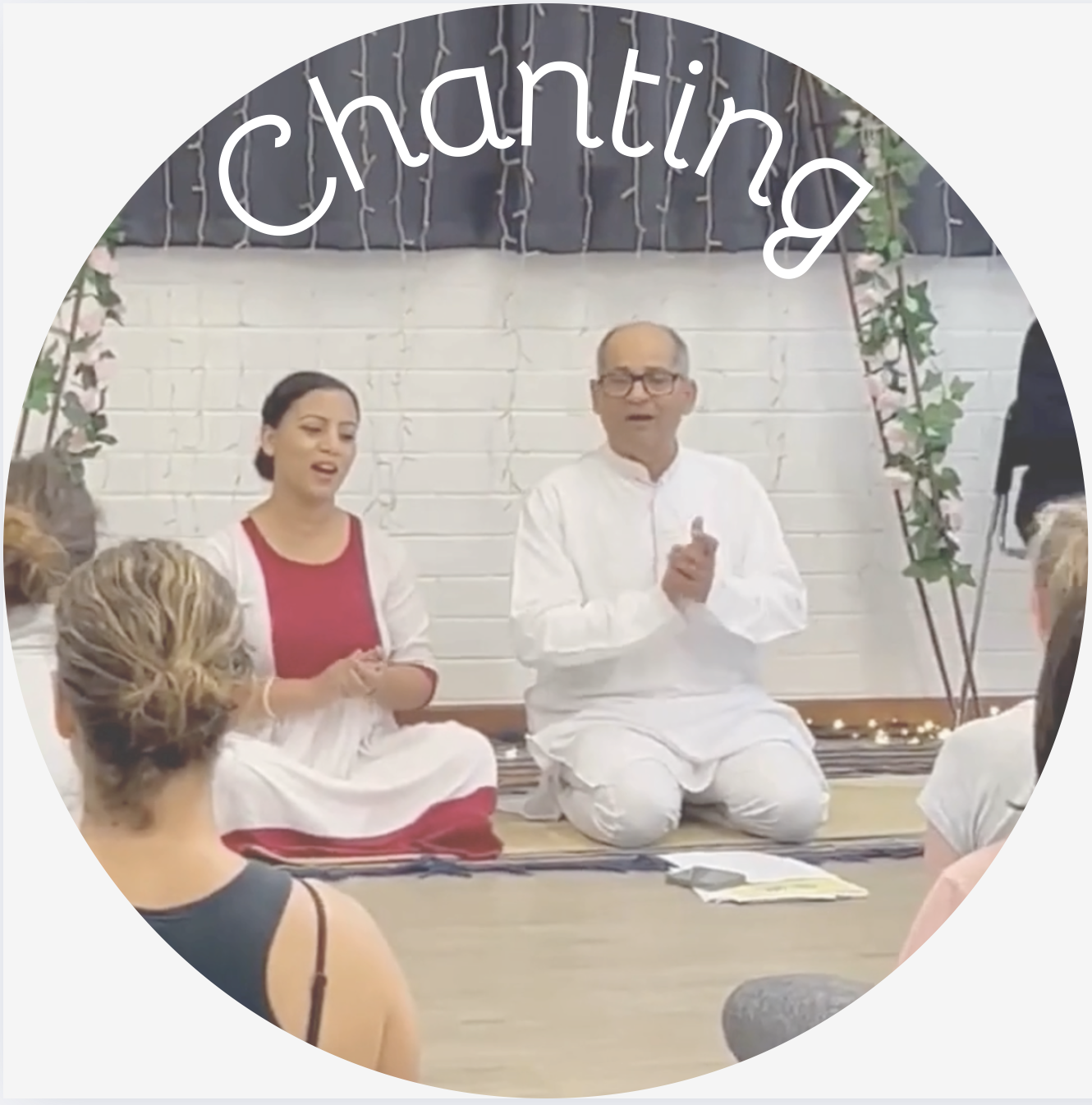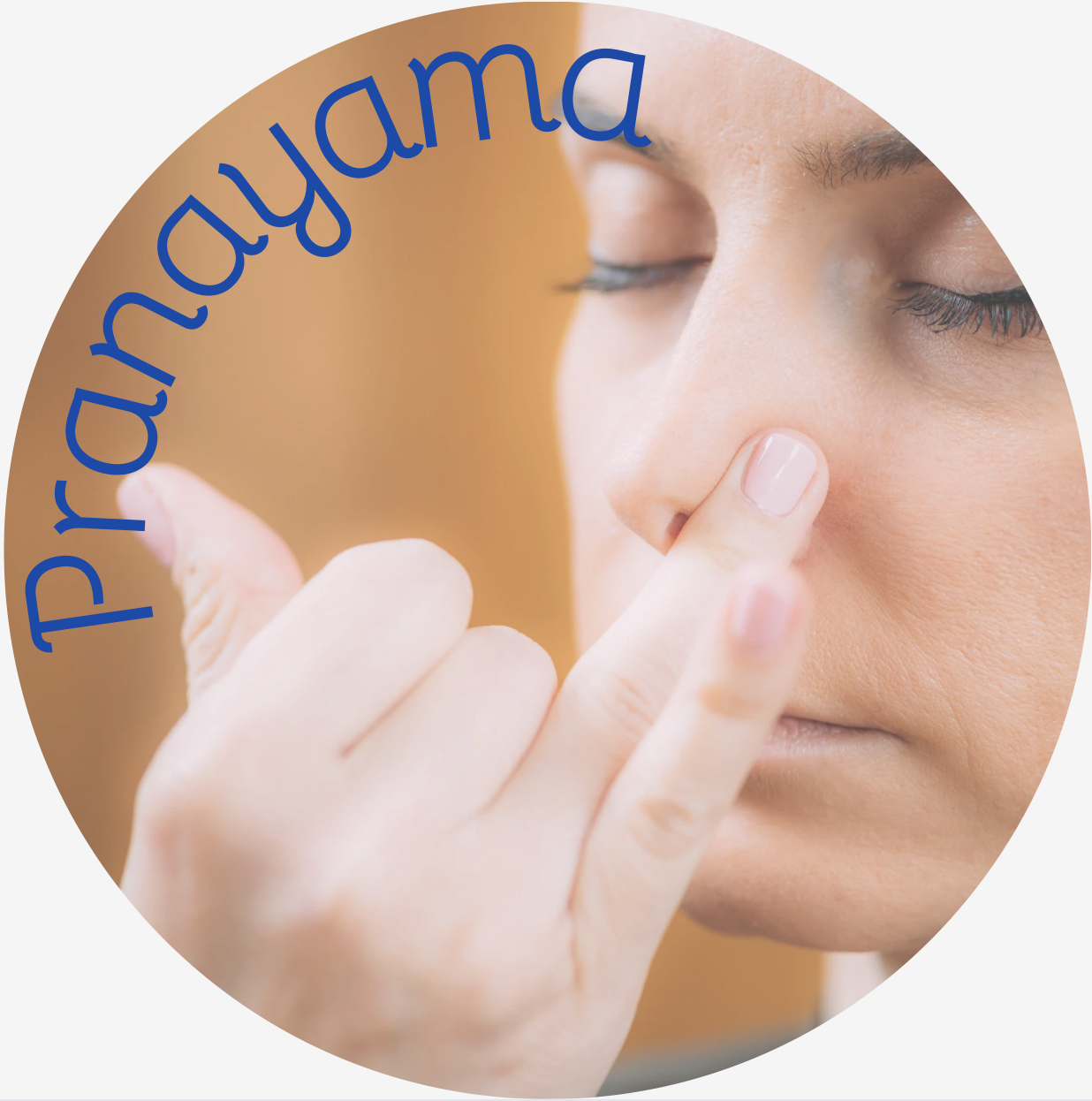Styles of Yoga
Yoga comes in different styles and it can be difficult to figure out which particular style is right for you. Most styles of yoga are based on the same basic yoga postures called asanas. We have compiled a list of the various styles you can find in Geraldton.
Hatha
Hatha yoga is a generic term that refers to any type of yoga that teaches physical postures. Nearly every type of yoga class taught in the West is Hatha yoga. When a class is marketed as Hatha, it generally means that you will get a gentle introduction to the most basic yoga postures. You probably won't work up a sweat in a hatha yoga class, but you should end up leaving class feeling longer, looser, and more relaxed.
Paddleboard Yoga
Practicing yoga on an unsteady surface like a paddleboard, really engages the core muscles in order to maintain balance. SUP yoga also requires intense focus because transitioning between poses requires concentration to keep the board steady.
Boards are tied to an anchoring system ISYA approved so they are all lined up in the same way mats are laid out in a yoga studio. A series of low to gravity poses such as seated and laying down are done on the boards which activate the core muscles and stabilising muscles in the hips and legs. A great full body work out, yet each class ends with a blissful floating relaxation which is extremely calming.
Chair Yoga
Chair yoga is a modified form of yoga where poses are practiced while sitting on a chair or using a chair for support. This allows for yoga to be more accessible for those with limited mobility, injuries or those seeking a gentler practice. Many traditional yoga poses can be adapted to chair for yogis to experience the benefits that yoga provides such as improved flexibility, strength & balance, while reducing stress to promote overall wellbeing.
Chanting
Chanting - this powerful tool of meditation can have various benefits, including stress reduction, mood improvement, and enhanced focus. Scientific studies have validated the positive impact including reduction of stress hormone (cortisol) in chanting regularly. The simple rhythmic sound when repeated aloud with a focused pitch & melody can bring about positive energy around with profound influence on our mind & body. Chanting together is the ultimate way of connecting with others and gets us beyond inner connection.
Vinyasa
Vinyasa means "to place in a special way" and in this case yoga postures. Vinyasa is the most athletic yoga style. Vinyasa was adapted from Ashtanga yoga in the 1980s. In Vinyasa classes, the movement is coordinated with your breath and movement to flow from one pose to another. Many types of yoga can also be considered Vinyasa flows such as Ashtanga and power yoga. Vinyasa styles can vary depending on the teacher, and there can be many different types of poses in different sequences.No two vinyasa classes are the same. If you love to test your physical limits, vinyasa may be just your ticket
Kundalini
Kundalini is equal parts spiritual and physical. This style is all about releasing the kundalini energy in your body said to be trapped, or coiled, in the lower spine. These classes really work your core and breathing with fast-moving, invigorating postures and breath exercises. These classes are pretty intense and can involve chanting, mantra, and meditation
Pranayama (Breathing)
Pranayama breathing, rooted in yoga and Ayurveda, is a practice focused on controlling breath to improve physical and mental well-being. It involves techniques to regulate the timing, duration, and frequency of breaths, aiming to connect body and mind. Pranayama can encompass various breathing exercises, such as alternate nostril breathing (Nadi Shodhana), Ujjayi (victorious breath), Bhramari (humming bee breath), Bhastrika (bellows breath) and Sudarshan Kriya (specialised technique).
Yin
Yin yoga is a meditative practice that allows your body to become comfortable in a pose without doing any work (strength). It is also called Taoist yoga, and focuses on lengthening the connective tissues within the body. It is meant to compliment Yang yoga, or muscle-forming yoga practices. The poses are held with the muscles fully relaxed, allowing time and gravity to deepen the stretch and target the fascia. The time spent holding these asanas is similar to meditation.
If Yang is active, then Yin is passive, meaning the muscles are allowed to relax with gravity and rest. This is usually performed with the assistance of props, and there is little or no music in class.
Somatic Yoga
Somatic yoga emphasises paying attention to how the body feels during movement, including sensations like tension, relaxation, and pain. It encourages slow, deliberate movements that allow for deeper exploration of the body's sensations. Breath work as an integral part of the practice, helping to calm the nervous system and promote relaxation.
Suitable for all levels.
Meditation
Meditation is a technique that helps individuals achieve a state of relaxed awareness and inner peace by training the mind to be present in the moment and letting go of effort. It's more than just a technique; it's a way of living that emphasizes mindfulness and cultivating a sense of well-being.
Benefits of Meditation:
- Mindfulness and Present moment
- Effortless Relaxation
- Accessing Inner Wisdom
- Stress Reduction
- Holistic Benefits
- Finding Inner Peace
- Self-awareness
- Reducing negative feelings
- Helping you be more creative
- Helping you be more patient
- Lowering resting heart rate
- Lowering resting blood pressure
- Helping you sleep better.










